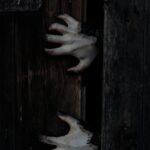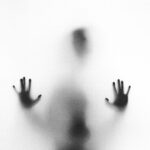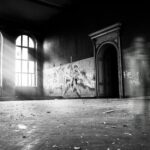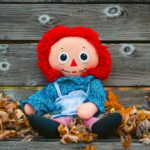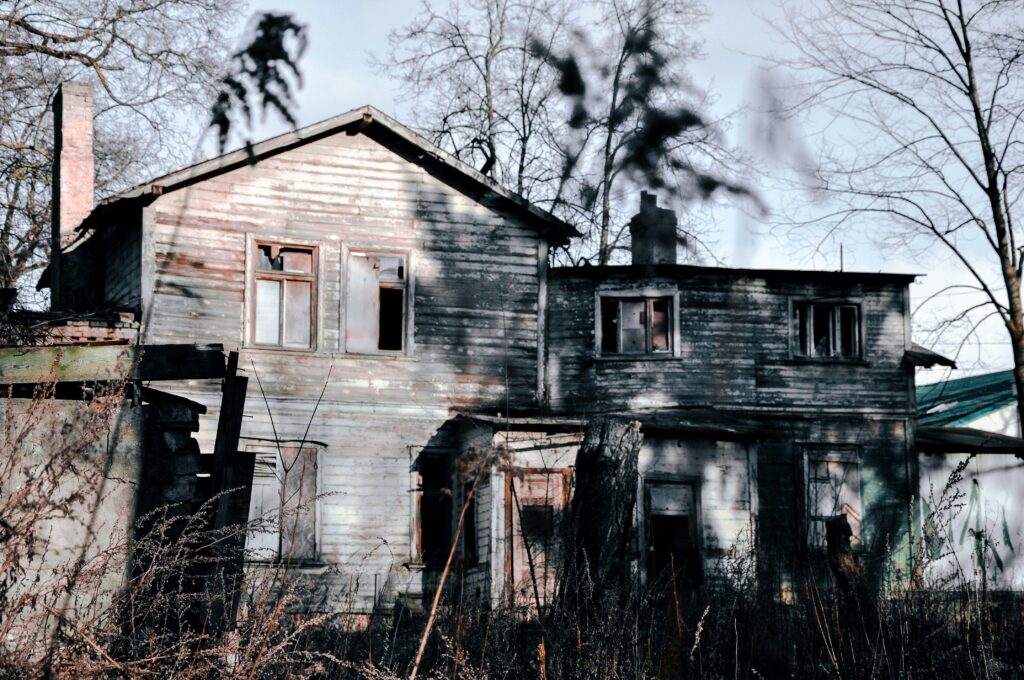
Introduction: Fact, Fear, or Fabrication?
The Amityville Horror case is one of America’s most debated paranormal stories—merging real-life tragedy, alleged hauntings, and a media storm that spawned books, films, and lawsuits. At its center is 112 Ocean Avenue in Amityville, New York, a suburban home where a gruesome murder unfolded in 1974, followed by the Lutz family’s spine-chilling claims of supernatural terror in 1975. But how much of it was true, and how much was shaped by sensationalism? This article dives deep into the facts, theories, and cinematic exaggerations of the Amityville case.
The Real Crime: DeFeo Family Murders (1974)
The nightmare began on November 13, 1974, when Ronald DeFeo Jr., aged 23, murdered his entire family—parents Louise and Ronald Sr., and four siblings—using a .35-caliber Marlin rifle. The victims were found lying face-down in their beds, eerily undisturbed. Initially, DeFeo blamed a mob hitman, but later confessed, claiming “voices in the house” compelled him to kill—an eerie precursor to the haunting stories that would soon follow.
The Lutz Family’s Haunting Claims (1975)
In December 1975, George and Kathy Lutz purchased the house at a discounted price. After just 28 days, they fled, citing relentless paranormal activity. Their alleged experiences include:
- Cold spots, despite functioning heating.
- Foul, sewage-like odors that moved unpredictably.
- Green slime oozing from walls and keyholes.
- A pig-like demon named “Jodie” with glowing red eyes.
- Swarming flies in winter, particularly in one bedroom.
- A levitating wife and spinning crucifix.
- George Lutz waking at 3:15 a.m. nightly—the time of the DeFeo murders.
- A priest slapped by an invisible force while blessing the home.
George reportedly became increasingly aggressive, mirroring Ronald DeFeo Jr.’s behavior. The house, they claimed, was cursed.
Paranormal Investigation: The Warrens Enter
Famed demonologists Ed and Lorraine Warren investigated in 1976. Lorraine claimed to sense an evil presence and stated it was “the closest to hell” she’d ever experienced. A controversial photo from the investigation appeared to show a ghostly child with glowing eyes—many believe it was simply a cameraman or a hoax.
Skepticism and Theories of a Hoax
Despite public fascination, skeptics argue the story was fabricated. Key rebuttals include:
- No physical evidence of the phenomena.
- Subsequent owners reported zero paranormal activity.
- Lie detector tests taken by the Lutzes were inconclusive and not independently verified.
- William Weber, Ronald DeFeo Jr.’s defense attorney, admitted in 1979 that he and George Lutz “made the story up over several bottles of wine” to sell books and help DeFeo’s appeal.
- Paranormal debunkers Stephen and Roxanne Kaplan investigated and later published The Amityville Horror Conspiracy, asserting it was an elaborate fraud.
Movies vs. “True” Story: What Hollywood Changed
The 1979 film “The Amityville Horror” and its 2005 remake popularized the story but took dramatic liberties:
| Aspect | Movie Version | True Account |
|---|---|---|
| Bloody walls | Fictional | Not reported by the Lutzes |
| “Red room”/hell portal | Added for cinematic effect | Mentioned as a small storage space |
| George Lutz’s possession | Exaggerated violence | He claimed mood swings, not full possession |
| Exorcism scenes | Dramatized | No documented priest-led exorcism inside the house |
| Jump scares & visible demons | Invented | The Lutzes described sensations, not visuals |
These films blurred the line between fact and fiction, helping mythologize the Amityville case.
Legacy and Cultural Impact
Despite doubts, Amityville remains a cultural icon. The story has inspired:
- Over 20 films, including sequels, remakes, and spinoffs.
- Numerous documentaries and podcasts.
- Debate in the paranormal and true crime communities.
Whether haunted or hoax, the Amityville house became the blueprint for haunted house tropes—its imagery, mystery, and controversy enduring to this day.
Sources & References
- Jay Anson, The Amityville Horror: A True Story (1977)
- Stephen & Roxanne Kaplan, The Amityville Horror Conspiracy (1995)
- Ric Osuna, The Night the DeFeos Died (2002)
- Snopes.com – Amityville Hoax Investigations
- The New York Times Archives – DeFeo murder trial coverage
- Interviews with William Weber and Ed & Lorraine Warren
Disclaimer
This article is for informational and educational purposes. While based on real events, many claims regarding paranormal activity remain unverified and controversial. Readers are encouraged to evaluate the evidence critically.
About the Author
Sandeep for Pulsewire Editorial Team
Sandeep is a researcher and storyteller specializing in folklore, true crime, and unexplained mysteries. This article was prepared using verified sources, balanced skepticism, and a commitment to factual clarity. Sandeep is not a licensed psychologist or paranormal expert.

